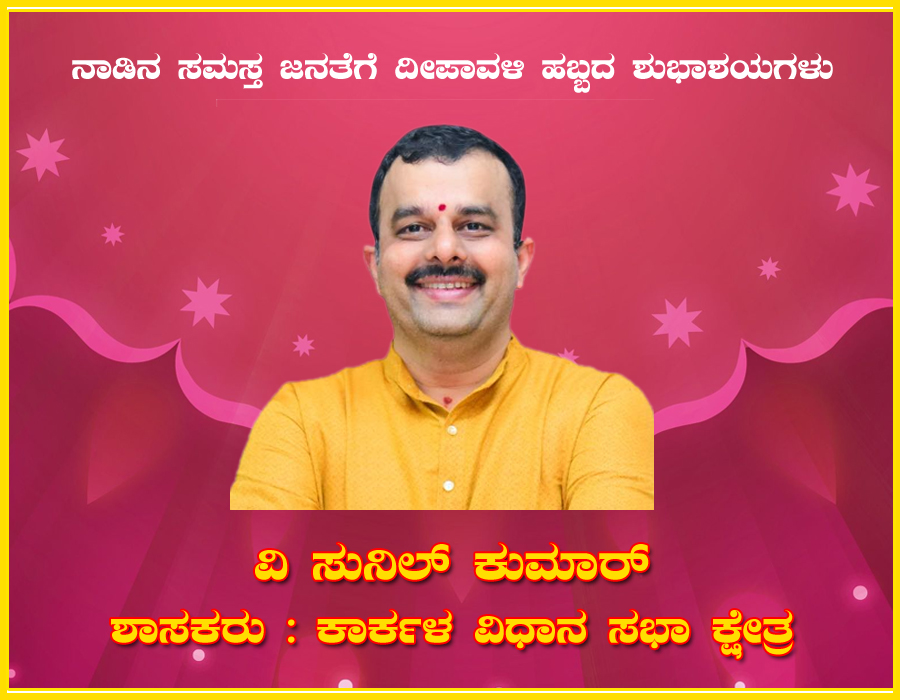Nation remembers Mahatma on 143rd birth anniversary
11:41 AM, Tuesday, October 2nd, 2012 Mangalore: Today is Gandhi Jayanti. The annual routine will be followed. Prayer meeting at Tees January Marg. Bhajans and wreath laying at Rajghat. Floral tribute in the Central Hall of Parliament. Twelve months later the same drill will be enacted. In between, Mohandas Karamchand Gandhi will be all but forgotten.
Mangalore: Today is Gandhi Jayanti. The annual routine will be followed. Prayer meeting at Tees January Marg. Bhajans and wreath laying at Rajghat. Floral tribute in the Central Hall of Parliament. Twelve months later the same drill will be enacted. In between, Mohandas Karamchand Gandhi will be all but forgotten.
I saw Gandhiji only once. That was in mid-June, 1945. His train had stopped for five minutes at Bharatpur station. The Mahatma was on his way to Shimla to attend a conference called by the Viceroy, Lord Wavell.
As the train approached the station all hell broke loose. I too was one of a huge crowd. I had taken my autograph book and Rs.5, the “Mahatma’s fee” for getting his autograph.
As soon as the Frontier Mail came to a halt, there was an unseemly rush to reach the third class compartment in which he was travelling. I too ran, but to the other side of the train by jumping between two bogies. Several others did the same. I latched on to the window bars. I had a good look at him. He was in his half dhoti. The famous watch too I spotted. He was darker than I had imagined. It was impossible to get his autograph. The train moved. I had the Gandhi darshan.
In 1920, Gandhi arrived on the political scene of India like a whirlwind. He asked the prostrate people of India to stand up and hold their heads high. Non-violently he non-cooperated with the Raj. The message was loud and clear. It electrified India. He denounced the Raj, not the British people. Nevertheless, he did make the Raj stick in their throats.
I have called Gandhi a great communicator. Why? He was his own PR agency. Without jet planes, without TV, mobile phones, iPads, e-mails or airmails, his every word resonated in the country. At the back of the freedom movement, by word of mouth and with the help of Congress workers, he mobilised 40 million people – 10 per cent of the then population of India. Nothing comparable had happened in the world. His message reached all the big villages in India and large parts of the globe. The message was novel, compelling, ethical and high minded. Satyagraha became a household word. His appeal to the masses was both religious and political. The debate whether Gandhi was a politician among saints or a saint among politicians is inconclusive. The Mahatma wins either way.
As far as I can recall, Gandhi rarely read a speech. His faithful chelas took down every world he uttered. At his trial in Ahmedabad in 1922 he made an exception. He read out his speech. It is among the greatest speeches/statements of the 20th century. It made global news as did the Dandi March. Salt became a communicator and also a political statement.
The Mahatma was an outstanding journalist. He edited the Harijan and Young India, both weeklies. He wrote almost 80 per cent of each. He awakened us (chetna), he inspired, he led, he cautioned. Even his jokes received worldwide publicity. Gandhi did not seek publicity. Publicity sought him. He reached out to history. History responded.
A British journalist had once asked Gandhi what he thought of Western civilization – “it is a good idea” was his immortal response. He said little but conveyed so much. Let me end this by recording his meeting with King George V in 1936. The king held a reception at Buckingham Palace for the delegates to the round table conference. The king was reluctant to invite Gandhi on account of his dress. The India office intervened. Gandhi was invited – he made no sartorial concession. After the reception while he was getting into the car he was asked, “Mr Gandhi what did the king say about your dress?” Gandhi answered, “His Majesty did not comment on my dress, as he was wearing enough for the two of us”. This too became a part of Gandhian folklore.
Simillar Posts
Warning: count(): Parameter must be an array or an object that implements Countable in /home/megamcaq/public_html/wp-content/plugins/post-plugin-library/common_functions.php on line 357
- None Found
Leave a Reply
© Copyright 2008 www.megamedianews.com All Rights Reserved. Privacy Policy








 Posted in
Posted in  Tags:
Tags: 






